Artworks by Ugo Nespolo available through our collectors.
UNIQUE ARTWORKS

Onirico
LOTTO 2936

32357
LOTTO 2937
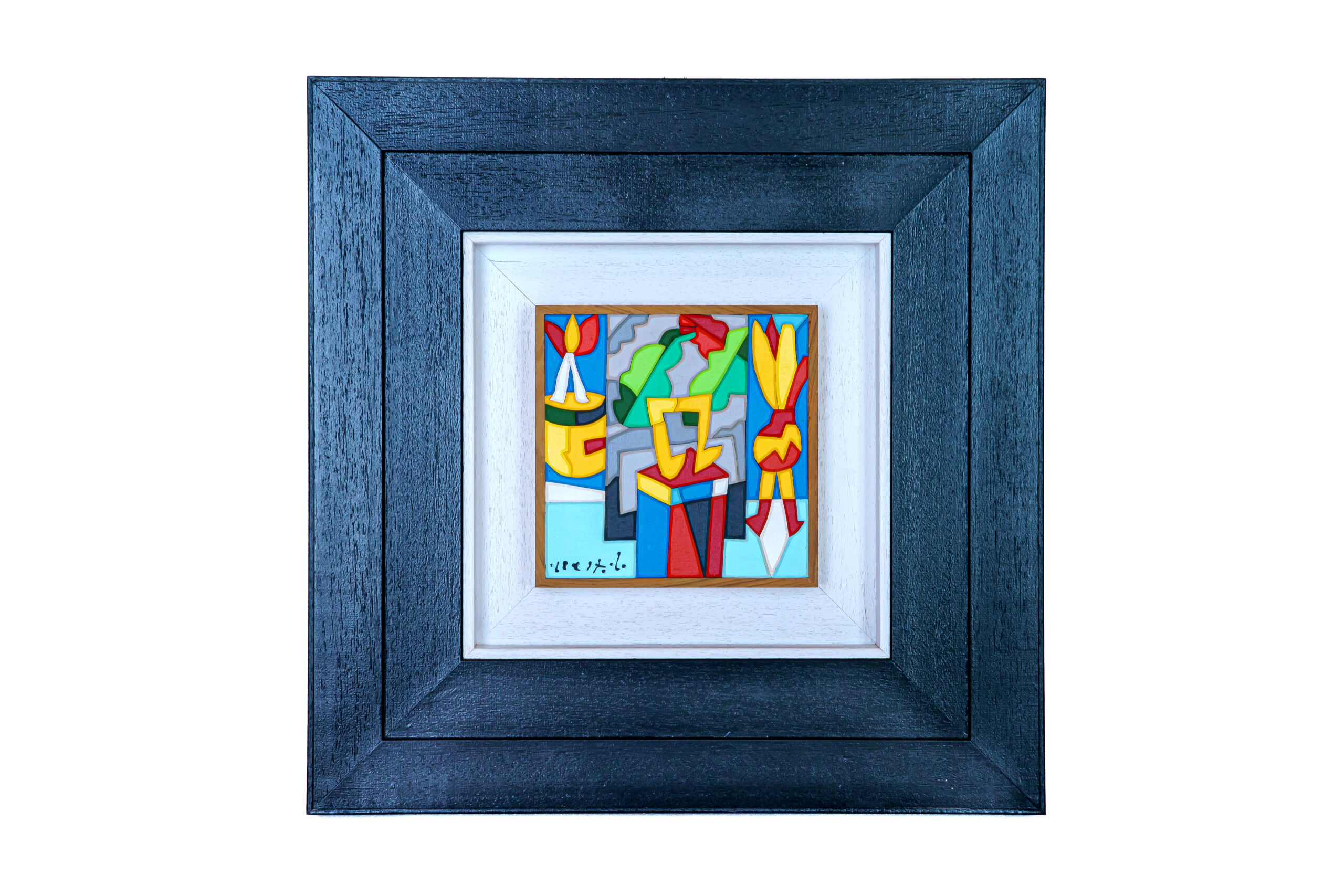
Nota Gialla
LOTTO 2935
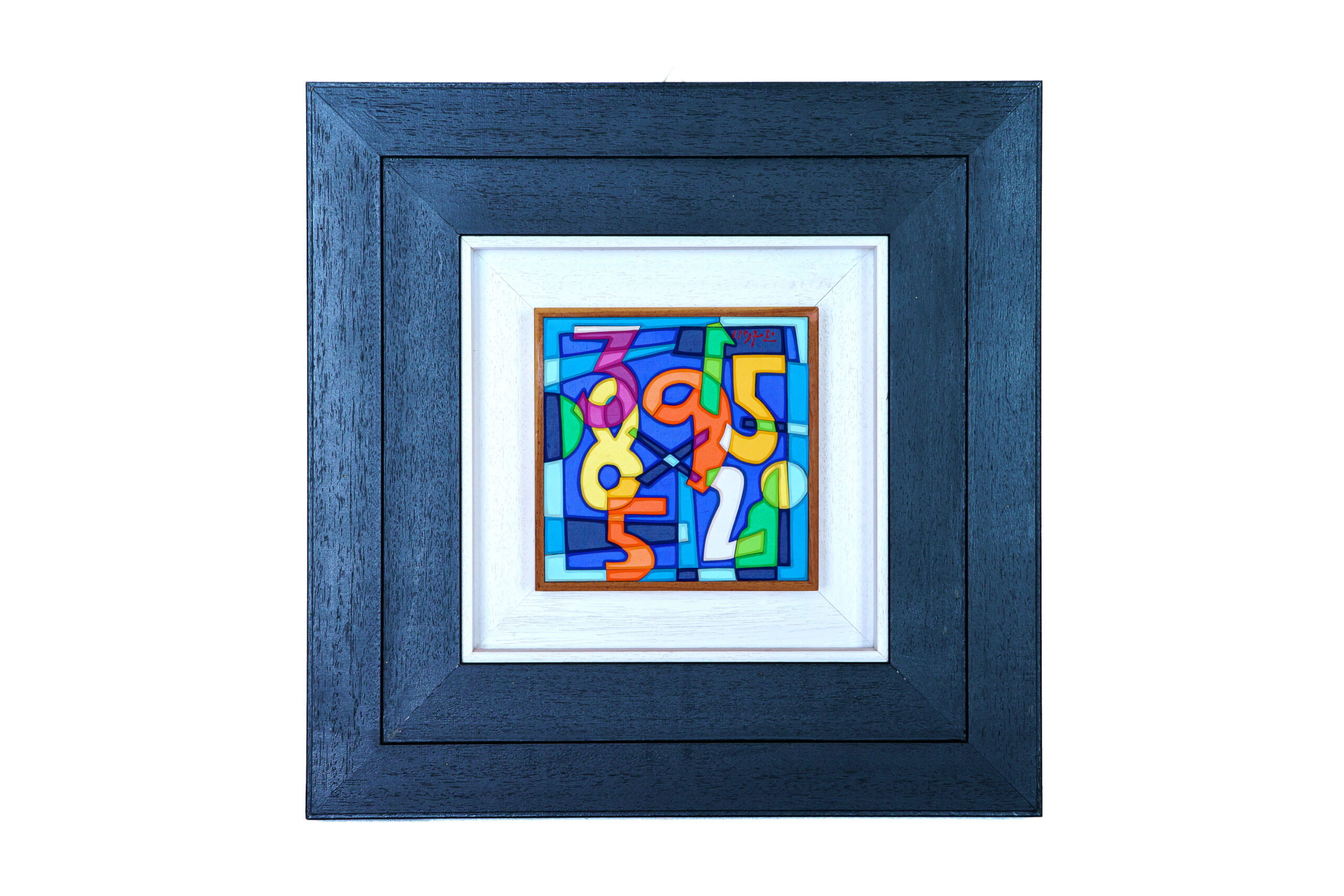
895
LOTTO 2934

Nesporama
LOTTO 2764
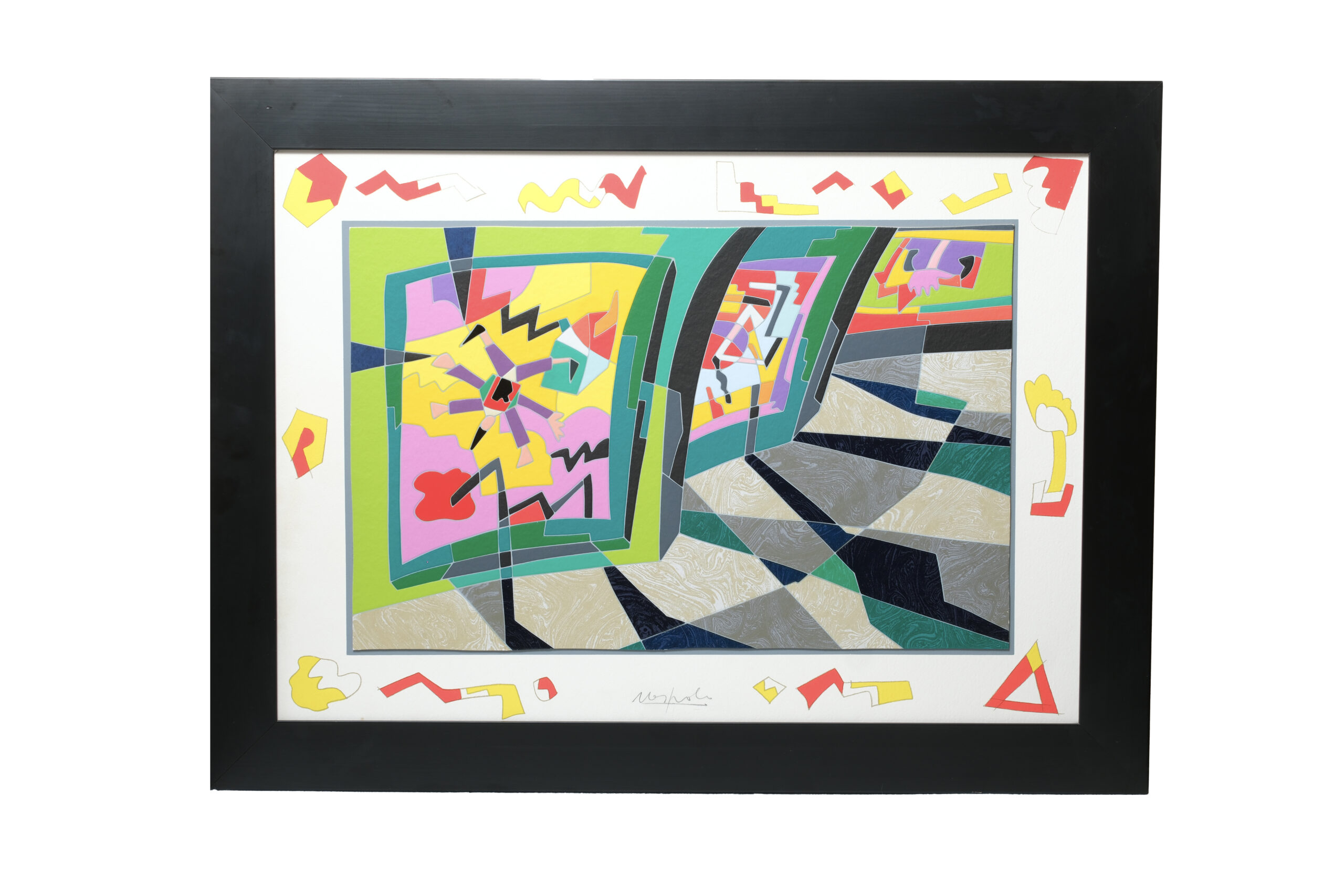
L’arte nell’arte
LOTTO 2496
MULTIPLE ARTWORKS
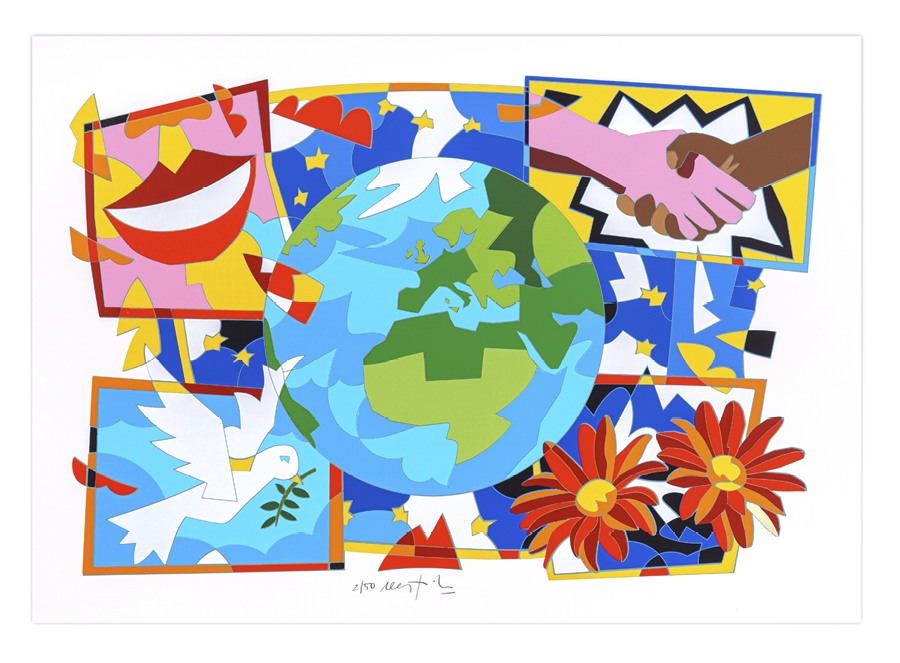
Mondo Armonico
LOTTO 15
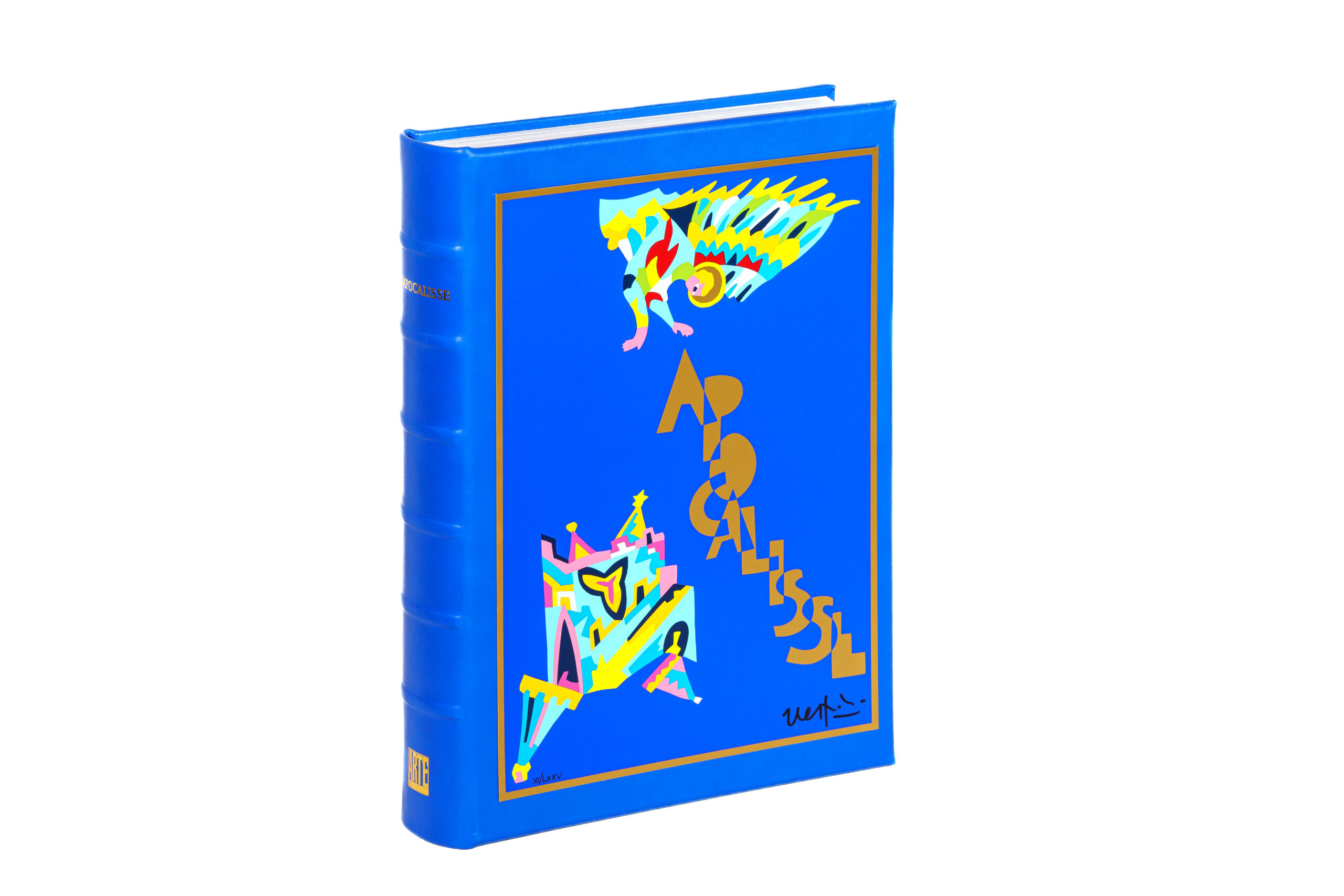
L’Apocalisse
LOTTO 2932

Senza Titolo 23
LOTTO 23

Mille e una Notte
LOTTO 2664
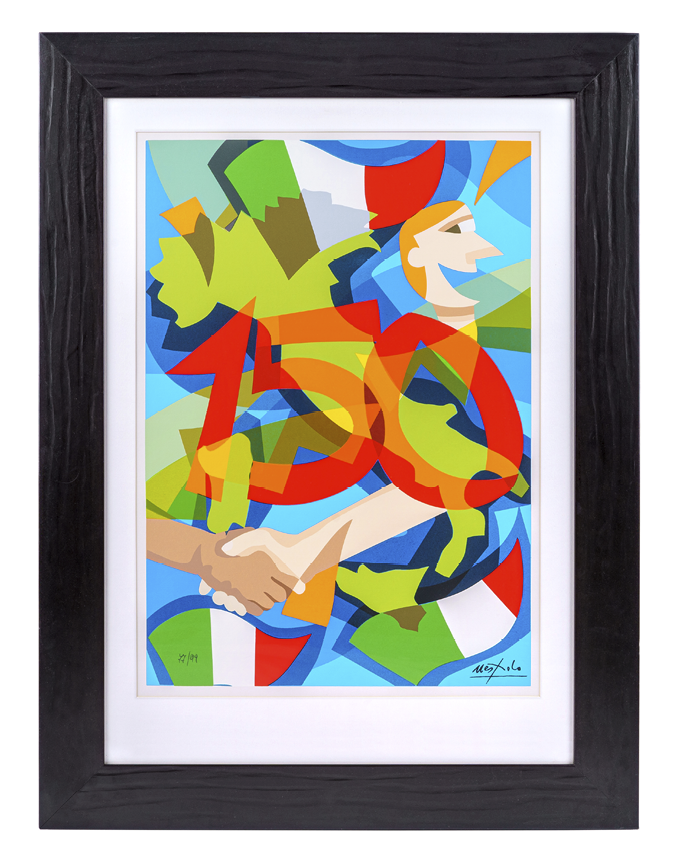
150 anni dell’unità d’Italia
LOTTO 33

Pablo Picasso
LOTTO D119

Bronzi di Riace
LOTTO 155
